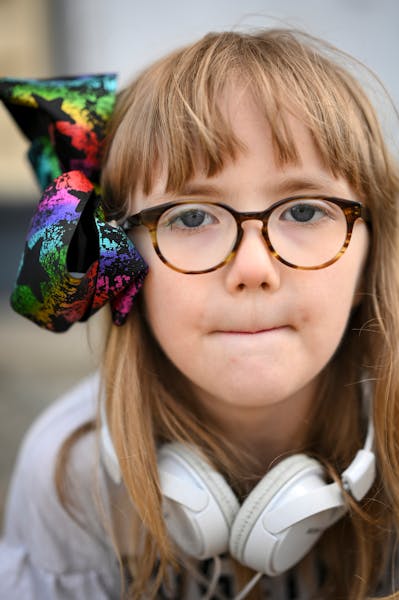After years of declines and shuttered courses, golf is surging in popularity this year.
Rounds played are up dramatically this summer at public courses across the Twin Cities, with the outdoor setting and the easy social distance drawing thousands to the sport.
The Minneapolis Park and Recreation Board has seen a 25% bump at its seven courses compared with last year, with more than 168,000 rounds played through the end of August.
"We are seeing a lot of new faces starting this spring when golf was basically one of the only activities allowed in the pandemic," said Marc Rymer, general manager of the Columbia Golf Course in northeast Minneapolis. "You can get outside and enjoy yourself."
Revenue at four of Ramsey County's public courses is up 22% to nearly $2.3 million through the end of July, the most recent available data. The number of rounds played is also up 13% to more than 92,000 this year as of Aug. 14. The city of St. Paul shows increased play at the four courses owned by the city even as tee times have been extended from every 8 to 10 minutes to allow for social distancing.
Kids and teens sidelined from traditional team sports are flocking to golf, with a statewide golf program called Youth on Course registering 11,000 participants compared with 4,700 last year, according to the Minnesota Golf Association. Youngsters in the program, which offers discounts, have so far played more than 50,000 rounds, up from 18,000 during all of last year.
"Golf is seen as something that is safe to do, and a lot of people are now playing," said Warren Ryan, communications director for the Minnesota Golf Association.
It's a huge change after dozens of courses closed in the state over the past two decades as interest in the costly and time-consuming sport sagged.
Star Tribune journalist and author Joe Bissen, who wrote "Fore! Gone. Minnesota's Lost Golf Courses, 1897-1999," has tracked 80 courses that have closed in the state since 2000. About three dozen are in the Twin Cities.
Declining interest has been attributed to cost and time. The average 18 holes of golf can take four hours, and greens fees at public courses range from $32 for a golfer who walks at Columbia to $47 at Keller.
A surge in new and returning players is helping to recast the sport as healthy and accessible, in contrast to its image as a passive activity for players tooling around in golf carts, Rymer said. Many new players are trying to make sure their round of golf constitutes a workout.
At Ramsey County's Keller Golf Course in Maplewood, the number of players walking the course has jumped by 25%, said general manager and golf pro Mark Foley.
"We are seeing more walking this year than we have ever seen," Foley said.
People are also playing faster, slicing as much as 30 minutes off the typical four hours it takes to play a standard round. That's partly due to fitness goals and also because courses have eliminated some time-consuming activities in light of COVID-19. Players are no longer asked to rake sand traps or remove flags on the putting green.
Keller sold out Thursday, with 250 rounds of golf booked and the driving range full.
Claudia Murvartian and boyfriend Charles Mann played a round, though she had resisted his efforts to introduce her to the sport for years. When the pandemic shut down restaurants and movie theaters, Murvartian relented.
"You can only play checkers, chess and cards so many times," she said between shots.
This spring the St. Paul couple was walking 10 miles a day. That got old, so golf seemed like the logical next step.
"I really love it," she said. "I love the exercise. I love being outdoors. It's so peaceful."
Mann said he's thrilled she's finally interested in a sport he's long enjoyed.
It also helps that the couple has time to play. Both work in the restaurant industry and have had time off work.
Murvartian said she's still learning the basics, and she looks forward to experiencing fall and seeing the changing colors of the leaves from the links.
"I don't even keep score, " she said.
Carolyn Parnell, 'trailblazer' who served as Minnesota's first IT commissioner, dies


